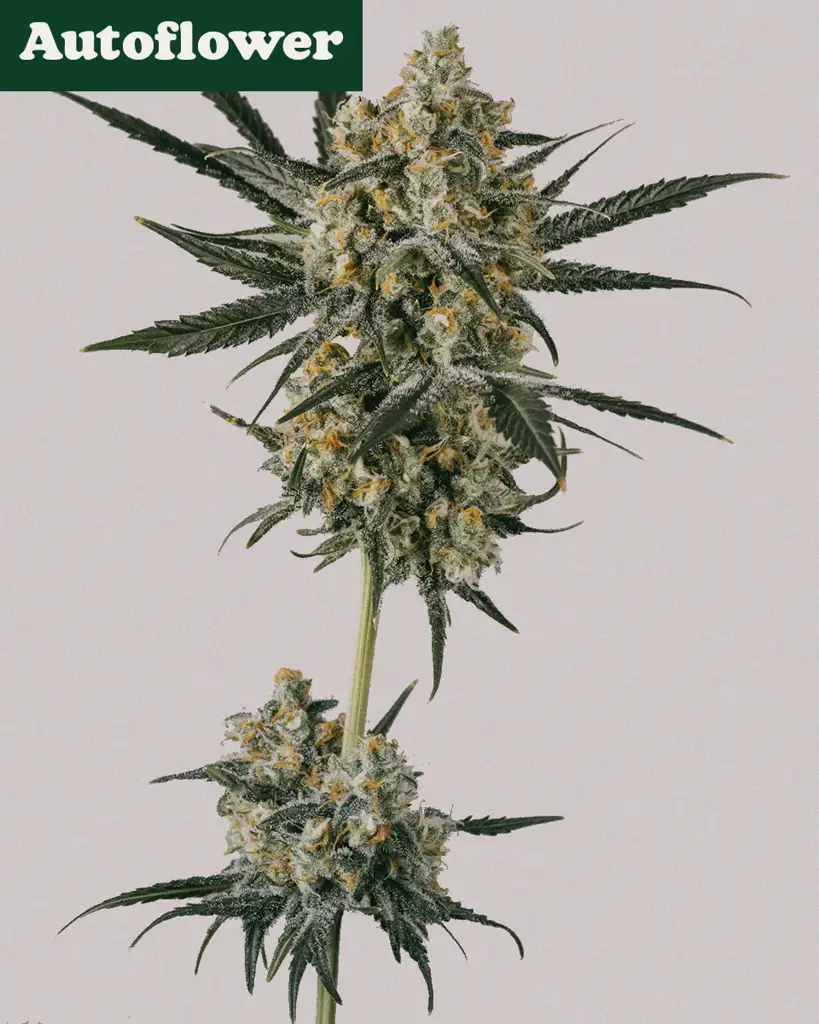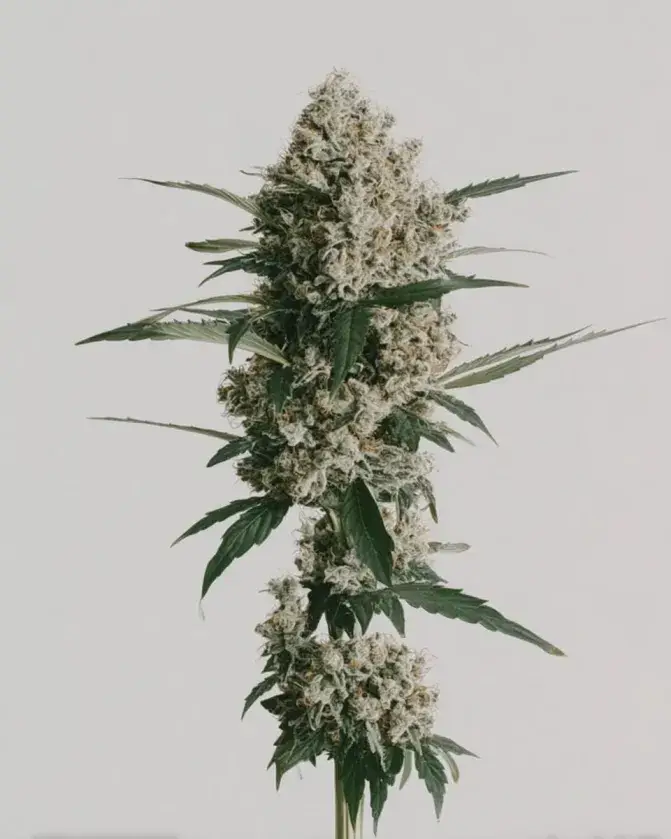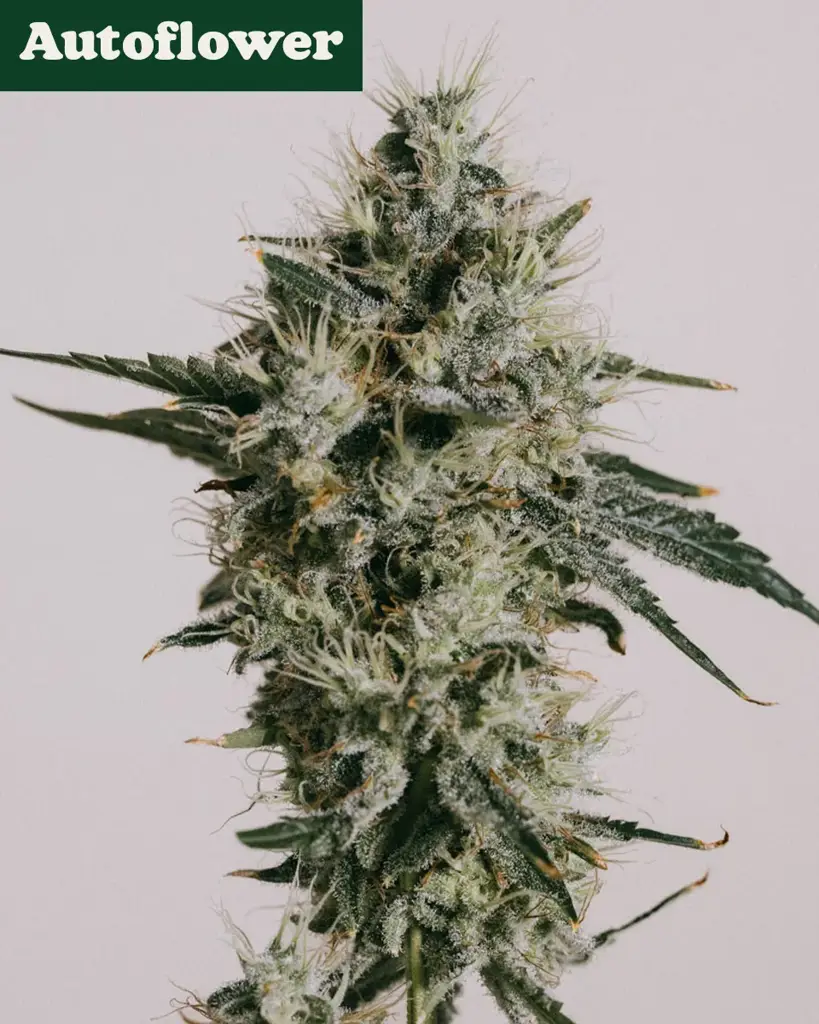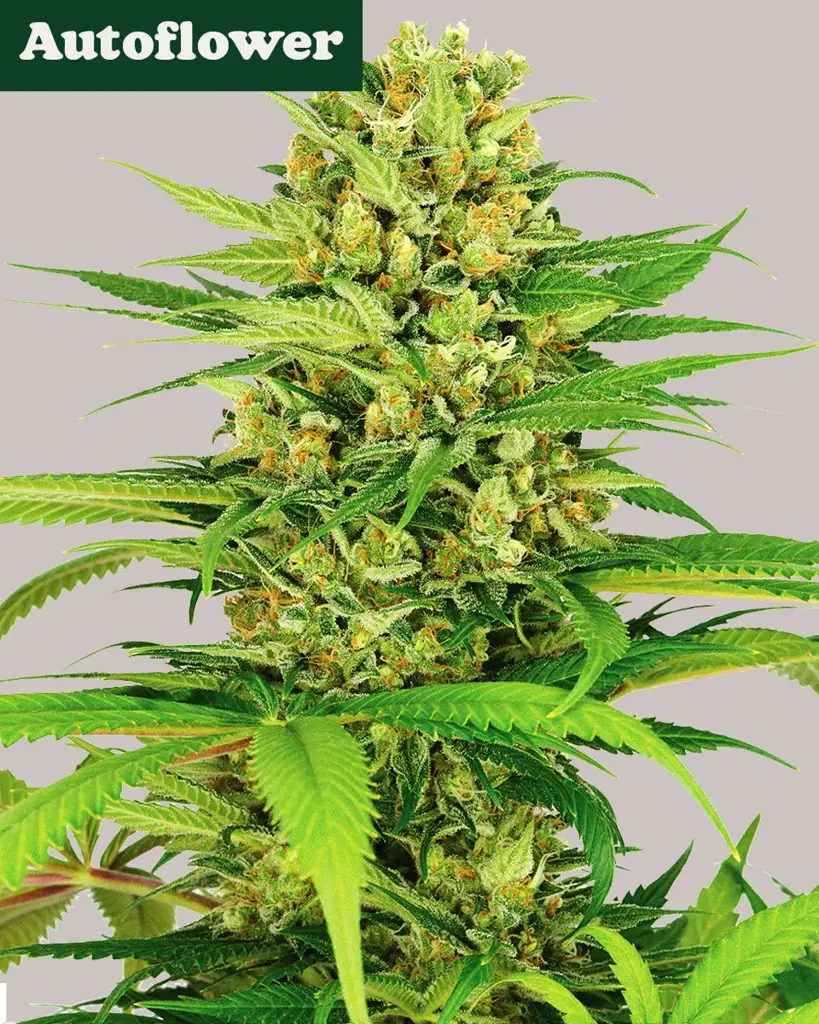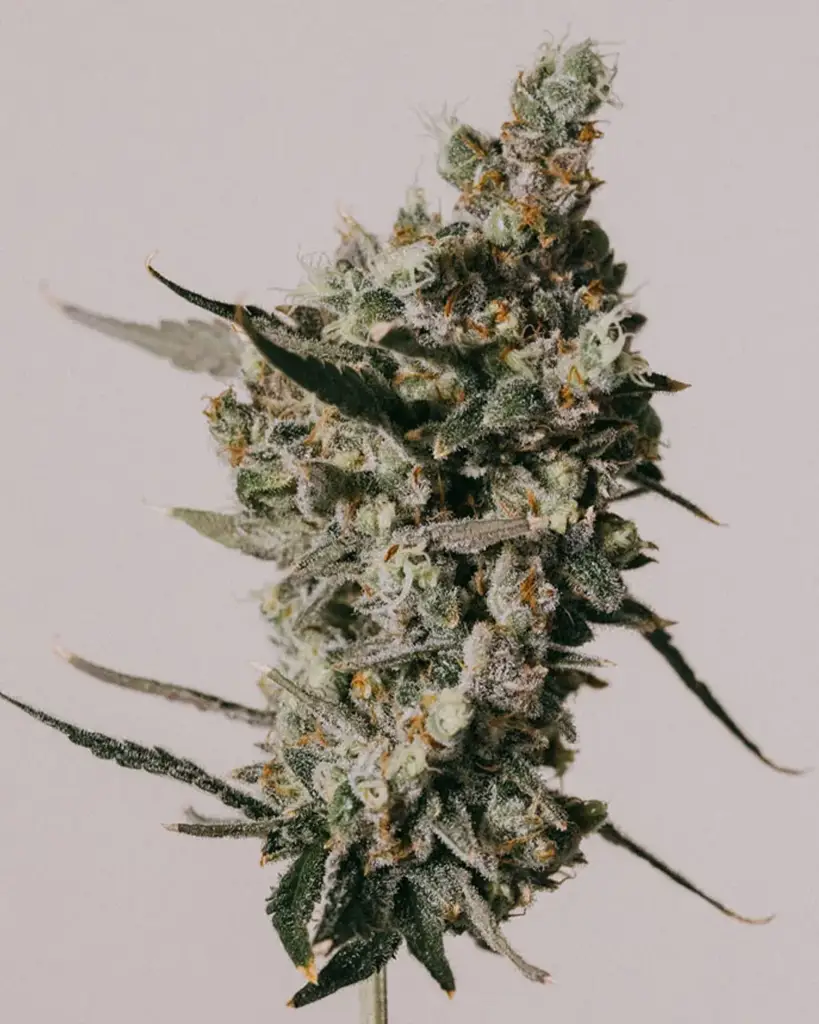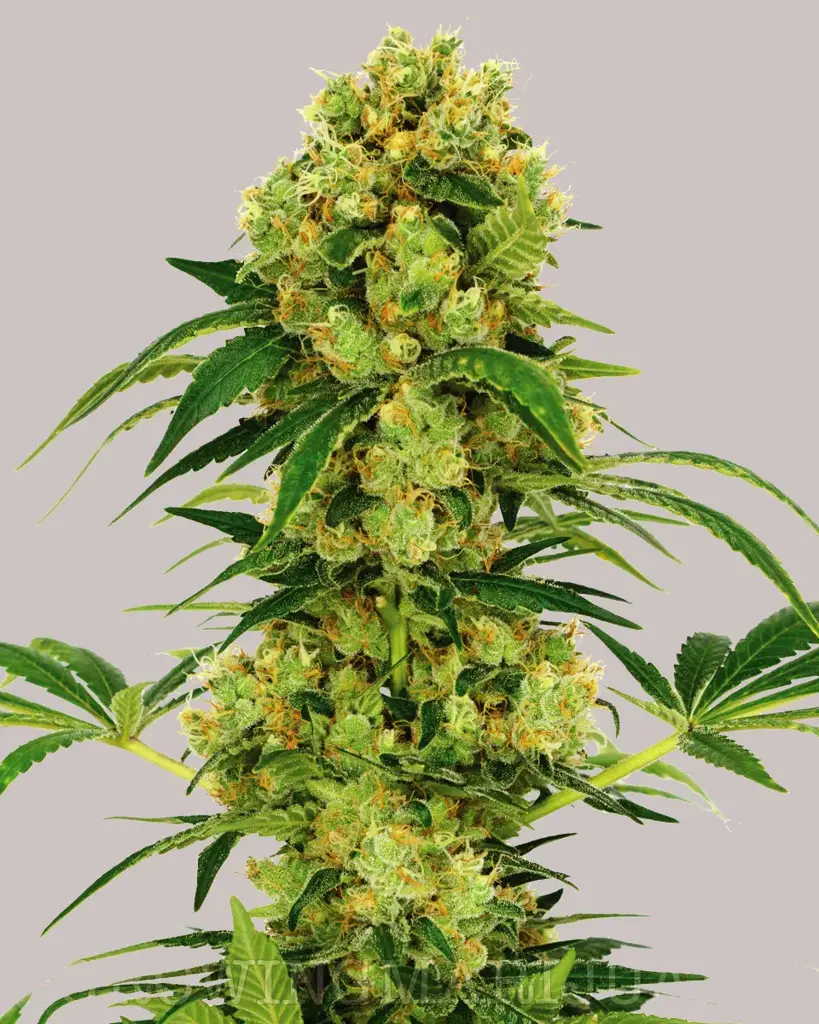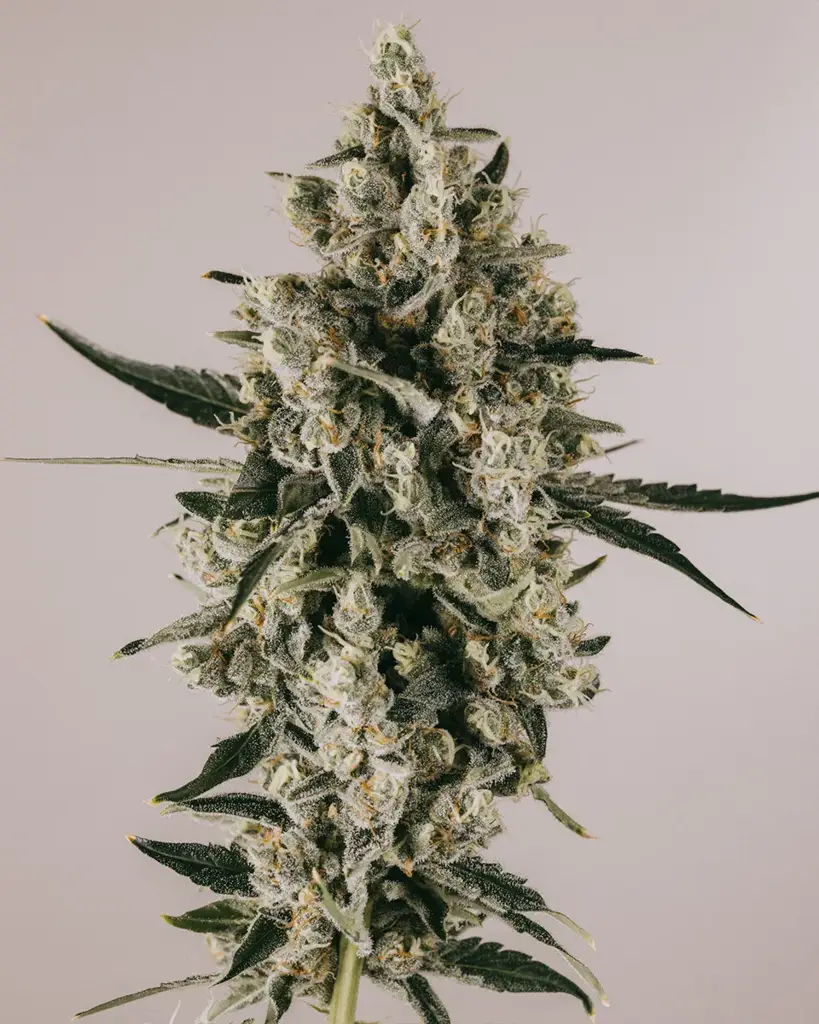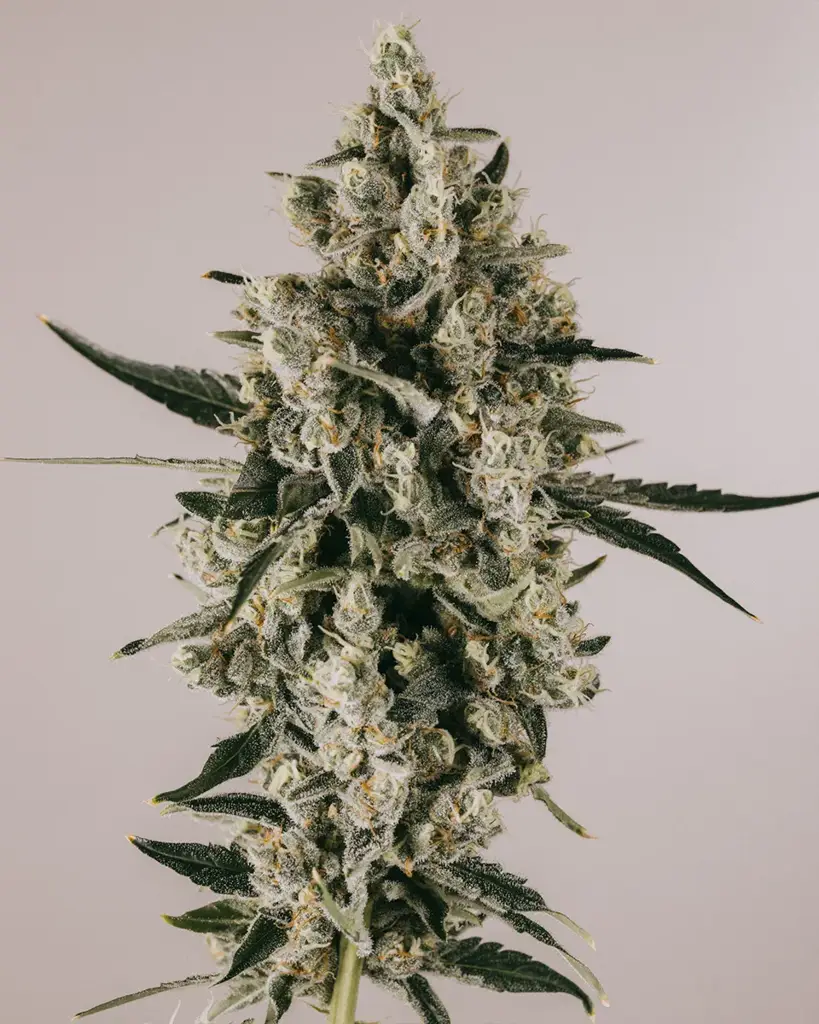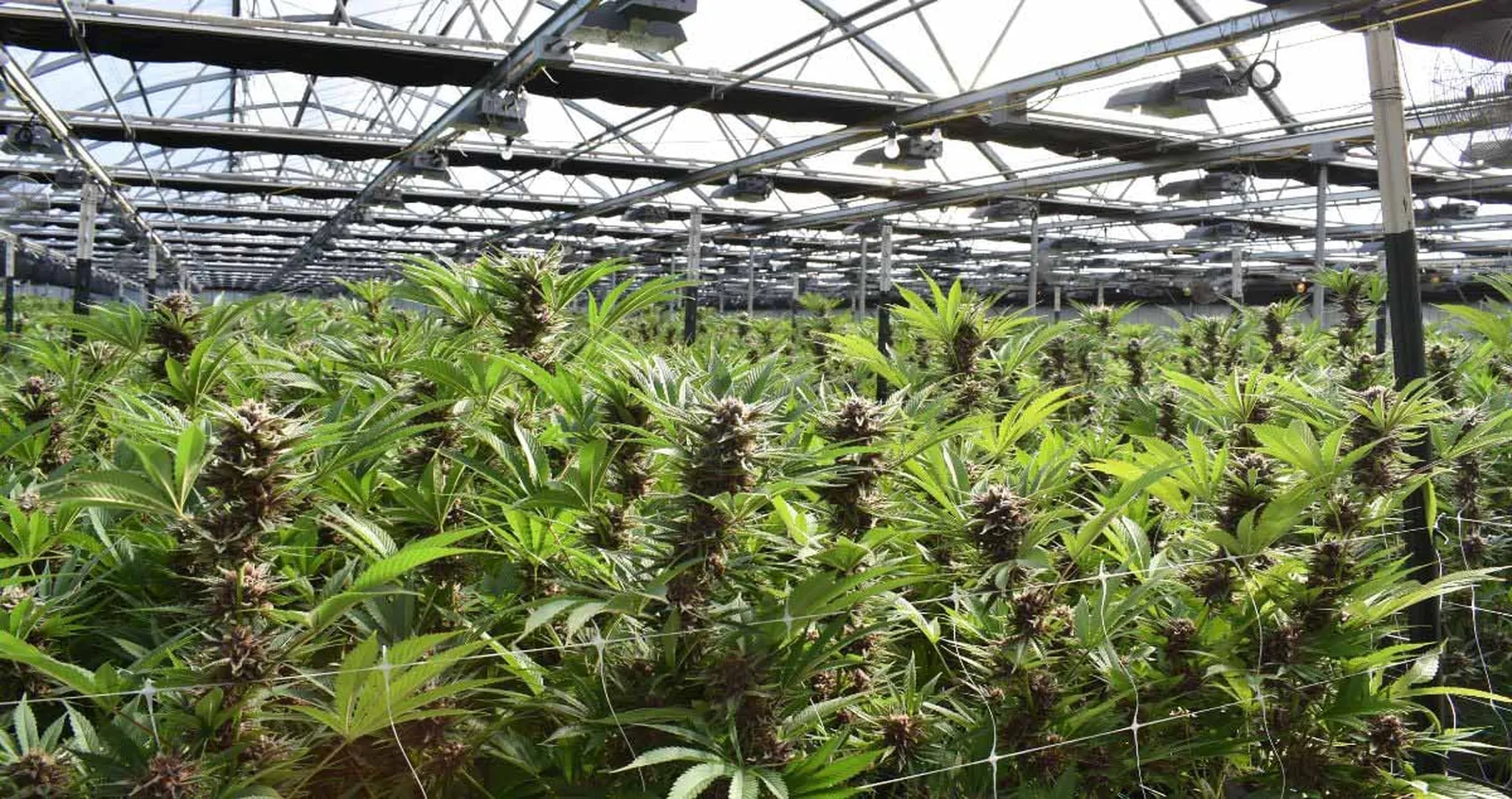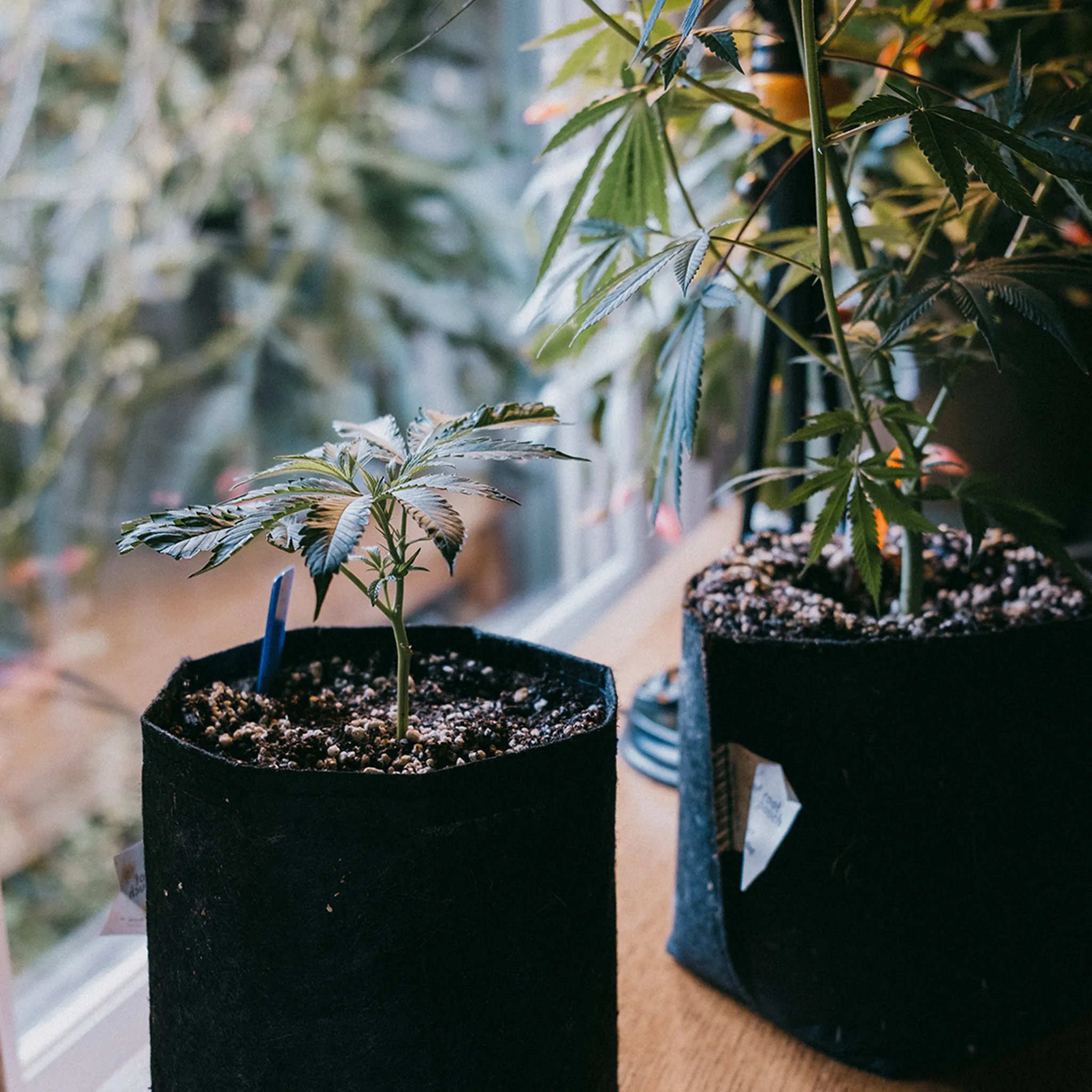
How Long Should You Veg Your Weed Plants?
One of the biggest questions new cannabis growers face is knowing the right time to switch their plants from the "Cannabis Vegetative Stage" (veg) to the flowering stage. You might think there’s a magic number of days or that it's based on the height of your plant, but the truth is—it’s a little more complex than that.
Table of contents
When to flip your weed plants depends on a few factors, such as how much grow space you have available and what plant type you have. But don't stress; we’re going to get into all of that. The cannabis vegetative stage is critical in determining when to flip to flower, as it impacts how well your plants are prepared for the next phase. So, let's take it a little deeper.
Too Long, Didn't Read
Factors: When to switch your cannabis plants from veg to flower depends on grow space, plant type, and whether you're growing from seed or clone.
Grow height: Flip to flower when plants have reached about half of your maximum grow height.
Environment: Adjust lighting, nutrients, and humidity before making the switch to flowering.
Plant Type: Photoperiod plants need a 12/12 light cycle to flower; autoflowering plants will flower based on age, without a light change.
Timing: Proper timing and preparation are key for maximizing yield and ensuring healthy bud production.
What Does Flipping to Flower Mean?
Flipping your cannabis plants does not mean selling them on a marketplace for a higher price than you bought them. Flipping cannabis to flower means changing the light schedule to initiate flowering. Cannabis is a photoperiodic plant, which means it reacts to the amount of light it receives.
Outdoors, plants are initiated to start flowering when days get shorter after the summer solstice, when autumn rolls around. Indoors, you control this by reducing light hours. Most growers switch to a 12/12 light cycle (12 hours of light, 12 hours of darkness). This signals to the plants that it’s time to stop growing leaves and branches and start focusing on the important part- producing those yummy buds.
When Should You Flip to Flower?
Here’s where it gets interesting. There’s no one-size-fits-all answer when it comes to flipping from veg stage to flower. It’s not just about how many days your plants have been in veg or how tall they are. Ultimately, the decision depends on several factors:
Grow space: How much vertical room do you have? Cannabis plants can easily double or even triple in size during the flowering stage. You have to ask yourself, “Can my low-key basement grow-op handle a couple of 6-foot plants?” So, if you’ve got limited height, you’ll want to flip earlier.
Plant type: Are you growing sativa, indica, or hybrid strains? Sativa strains tend to stretch a lot in flower (sometimes up to 250% of their veg height), while indica strains don’t stretch as much. Hybrids fall somewhere in between.
Clone or seed: If you’re growing from seed, you’ll need to wait at least 2-4 weeks for the plants to develop a strong root system during the vegetative stage. Clones, on the other hand, can be flipped as soon as they’re well-rooted and established.
These variables matter because, once you flip to flower, your plants will keep growing, and if you wait too long, they could outgrow your space, get too close to your lights or even lead to unnecessary wastage. Making these calls early can help you avoid other issues further down the line.
Quick Checklist for Flipping Your Cannabis Plants from Veg to Flower
Before you flip the switch, it's important to prepare your plants properly and ease them into it to ensure a smooth transition. Ensuring your cannabis vegetative stage is managed well will make this transition much easier. Here’s a quick checklist to make sure your plants are ready:
Stop high-stress training: Any heavy pruning or stress techniques should be done in veg. Stick to low-stress training (LST) after the flip.
Check light distance: Make sure your grow lights are a safe distance from the canopy, typically 18-30 inches for LED lights during flowering.
Monitor plant height: Your plants will stretch during the first few weeks of flowering, so flip them when they’ve reached about half of your maximum grow space.
Adjust nutrients: Switch to flower/bloom nutrients to support bud development.
Increase airflow and monitor humidity: Cannabis prefers lower humidity during flowering (~50% RH), so make sure your grow room is well-ventilated.
The Science Behind the Flip
So, why does flipping to flower work? In veg, your plants are in growth mode, focusing on getting strong, building roots, and growing leaves from being exposed to long daylight hours (typically 18 hours of light).
This is the essence of the cannabis vegetative stage, which is all about building a solid foundation for future bud production. When the light cycle is reduced to 12/12, it signals to the plants that fall is coming, and they need to start producing flowers to reproduce. This hormonal change shifts the plant’s energy toward bud development instead of growing bigger.
Our Bestsellers
Photoperiod vs Autoflower: What's the Difference?

Photoperiod Cannabis
Most cannabis plants are photoperiod, meaning they rely on changes in the light cycle to switch from vegetative to flower. As a grower, you basically get to play God and be in control of when this happens by adjusting your indoor lighting. You’ll need to dial down the hours of light to get them to kick into flowering. Knowing when to flip cannabis can make a huge difference in your overall yield. It impacts both the quantity and quality of your buds, as well as the overall health of your plants.
Autoflowering Cannabis
Autoflowering strains are a bit different. They don’t need a change in light schedule to flower. Instead, they flower based on age—usually starting around 3-4 weeks after germination. If you’re growing autoflowers, don’t worry about flipping them. They’ll take care of the flowering phase on their own, even under 18 hours of light. For autoflowers, it’s more about letting them do their thing with minimal interference, making it a great choice for beginner growers.
First Grow?
Preparing for the Switch to Flower: What to Adjust
Before you switch your plants from vegetative to flowering, there are a few things you need to dial in for a smooth transition. You're essentially setting the mood for your plants, so if you want to serenade them as well, I don't see why not.
Lights
When you flip to a 12/12 light cycle, you want to make sure your lights are positioned correctly. Flowering plants need intense light, but you don’t want to burn them. So keep LED lights about 18-30 inches above the canopy and monitor your plants closely for any signs of stress.
Nutrient Changes
During veg, your plants rely on high nitrogen levels to grow. Once you switch to flowering, you’ll want to reduce nitrogen and increase phosphorus and potassium. This helps the plants focus on building strong, healthy buds.

Humidity and Airflow
Flowering plants prefer lower humidity, around 40-50%, to prevent mold and mildew. Increasing the airflow in your grow space will help to keep the environment optimal for bud development, ensuring the biggest, juiciest buds.
Your Plants Will Stretch
Once you flip, your plants aren’t done growing. In fact, most cannabis plants will double or even triple in height during the first few weeks of flowering. This is called the “stretch”, which is “flippin” cool. Make sure you account for this when deciding when to flip to flower. If you wait too long, your plants could outgrow your grow space or get too close to your lights, which can certainly affect yields and quality.
Mistakes to Avoid When Switching to Flower
Flipping too late: If you wait too long to flip, your plants might outgrow your tent or room, leaving you with a jungle that’s hard to manage.
Flipping too early: Flipping too soon can leave you with underdeveloped plants and smaller yields. Make sure your plants are mature enough during the vegetative stage to handle flowering.
Neglecting airflow: Humidity spikes during the flowering stage can cause mold, especially in tight spaces. Make sure you’ve got proper ventilation and air circulation.
Over-pruning in flower: High-stress training should be done in veg, not during flowering. Stick to low-stress methods once the light cycle has changed.
Should I Flip My Autoflowering Strains?
If you’re growing autoflowers, you don’t need to flip the light cycle to trigger flowering. Autoflowers just do their thing and start flowering based on age, so you’ll just keep them under an 18/6 light schedule. Though suppose you’re growing a mix of photoperiod and autoflower plants in the same space.
In that case, you can flip your photoperiod plants without worrying about affecting the autos—they’ll continue to flower under 12/12. (Although, that's slightly less optimal for your autos)

Final Thoughts on Switch to Flowering
Knowing when is the perfect time to switch from the vegetative to the flowering stage involves paying attention to your plants and being alert that those ladies don't outgrow your tent.
Attentive care and knowing how the cannabis vegetative stage works are key as they dictate plant size, structure, and overall health leading into the flowering stage, so strive to get the best out of your plants before it's time to flip. It can't be understated how crucial the cannabis veg stage is for building strong, healthy plants, but the timing of the flip will determine the final yield. So good luck.
Now, go out there and flip around! (yeah, yeah, I know, Dad joke!)

Roach
Roach, a 20+ year cannabis enthusiast, activist & storyteller, blends humor, art & expertise—crafting words, strains & macabre masterpieces.


